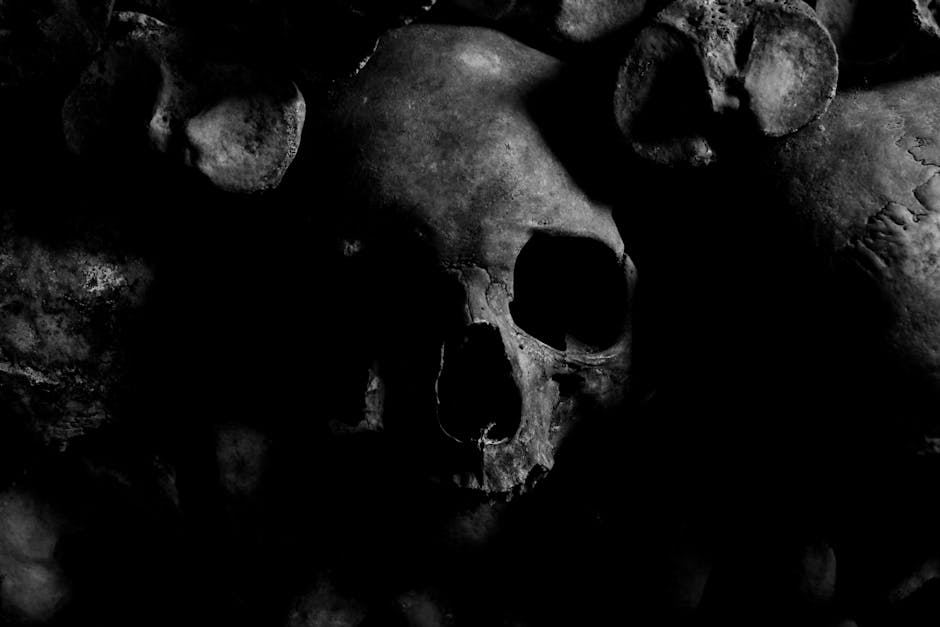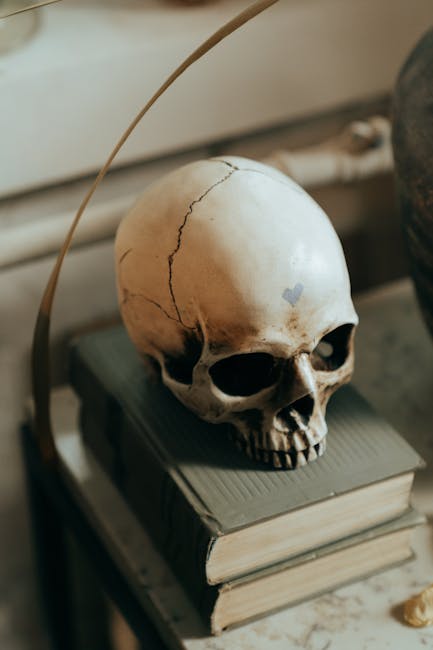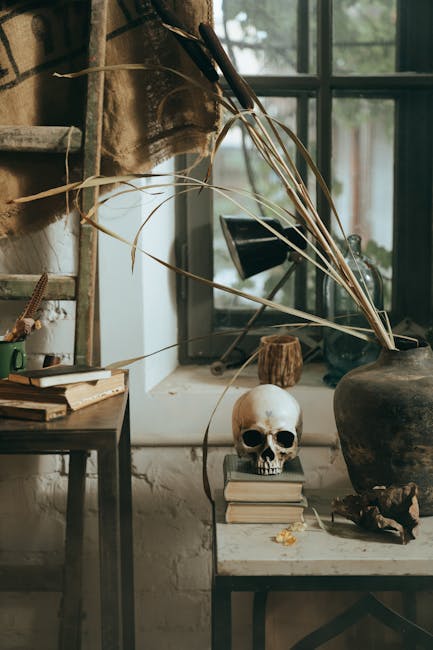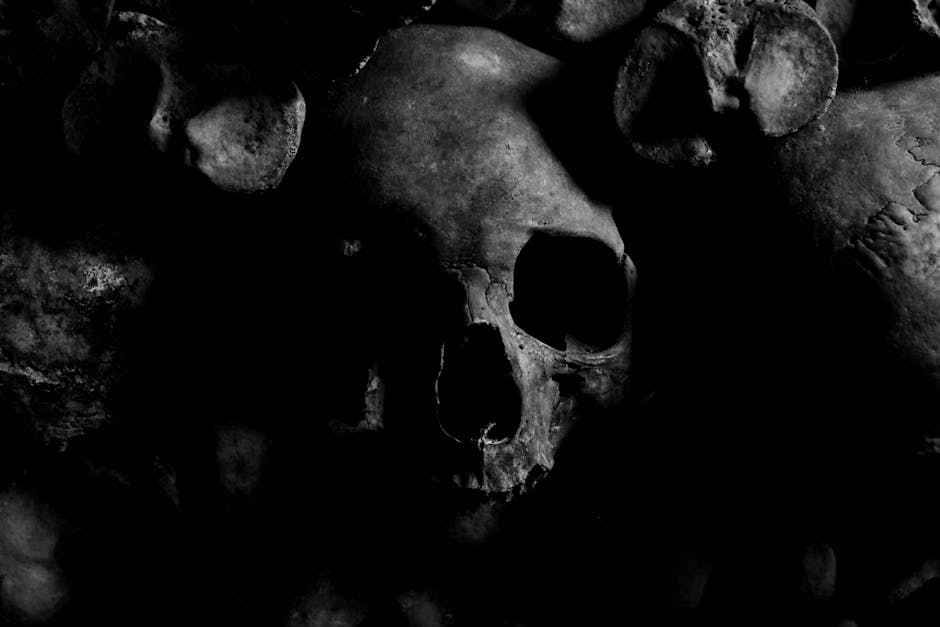Lust of the Dead: Exploring the Dark Side of Necrophilia in Horror and Culture
Necrophilia, the sexual attraction to corpses, remains a taboo subject, shrouded in mystery and fear. Its depiction in horror films and literature, often under the umbrella term “Lust of the Dead,” provides a chilling lens through which to examine societal anxieties surrounding death, sexuality, and the boundaries of human desire. This exploration delves into the psychological underpinnings of this fascination, its representation in popular culture, and its impact on our understanding of horror as a genre.
The Psychological Roots of Necrophilia in Fiction
The portrayal of necrophilia in horror isn’t merely gratuitous shock value; it often serves as a powerful metaphor. The act itself represents a violation of the natural order, a transgression against the sanctity of life and death. In many narratives exploring “Lust of the Dead,” the perpetrator’s actions symbolize a desperate attempt to control or conquer death, an inability to accept its finality. This stems from a deeper psychological unease, reflecting anxieties about mortality, loss, and the decaying nature of the human body.
Furthermore, fictional necrophilia can symbolize repressed sexual desires or a distorted expression of love and intimacy. The inability to form healthy relationships in life may manifest as a perverse connection with the deceased, a desperate attempt to find solace and connection where none exists in the living world. This psychological lens offers a deeper understanding of the character’s motivations and the underlying societal issues the narrative seeks to address.
The Power of the Taboo
The taboo nature of necrophilia significantly contributes to its effectiveness in horror. It taps into primal fears, exploiting our inherent discomfort with death and the violation of the body. By transgressing this deeply ingrained societal boundary, the narrative creates a visceral reaction in the audience, amplifying the horror and unsettling the viewer on a profound level. The shock value of the act is carefully constructed to evoke strong emotional responses and create lasting psychological impact.
Lust of the Dead in Horror Cinema
Horror films have explored the themes of necrophilia in various ways, ranging from subtle suggestions to explicit depictions. Often, the focus isn’t solely on the act itself, but rather on its implications for the characters and the narrative’s overall themes. Some films use necrophilia as a tool to explore themes of obsession, control, and the breakdown of societal norms. Others use it as a metaphor for societal decay and the corruption of human relationships.
- Re-Animator (1985): This cult classic uses necrophilia as a grotesque element within its broader exploration of scientific hubris and the blurring lines between life and death.
- Pet Sematary (1989): While not explicitly depicting necrophilia, the film grapples with the unsettling consequences of tampering with death and the potential for grotesque rebirth.
- The Loved Ones (2009): This Australian horror film presents a disturbing portrayal of obsessive behavior that touches upon themes of necrophilia and the violation of the body.
- Various Zombie Films: The often-sexualized nature of zombie encounters in some films can be interpreted as a twisted reflection of necrophilic tendencies within a broader apocalyptic context.
These films, among others, demonstrate the versatility of necrophilia as a narrative tool in horror. It’s not merely about the gore; it’s about the psychological implications and the societal commentary the trope allows.

Lust of the Dead in Literature
The exploration of necrophilia in literature often delves deeper into the psychological motivations of the characters than film allows. Authors can use extended narrative to explore the nuances of the character’s psyche, providing a more comprehensive understanding of their motivations and the impact of their actions.
Gothic literature, in particular, frequently employs necrophilic themes to explore the darker aspects of human nature and the relationship between life and death. The exploration of forbidden desires and transgressive acts provides a fertile ground for exploring themes of obsession, decay, and the macabre.

Beyond the Gore: Exploring Themes
When analyzing the “Lust of the Dead” in literary and cinematic contexts, it’s crucial to move beyond the shock value and examine the underlying themes. Consider these key aspects:

- The Power Dynamics: Necrophilia inherently involves a power imbalance—the living dominating the dead. This can symbolize broader societal power structures or personal anxieties about control and dominance.
- Grief and Loss: The act might represent a desperate attempt to cope with grief and loss, a perverse attempt to maintain a connection with the deceased.
- The Body’s Decay: The decaying nature of the corpse adds another layer of horror, highlighting our fear of mortality and the inevitable disintegration of the body.
- Social Commentary: Many works using this trope offer commentary on societal norms, taboos, and the consequences of transgression.
The Ethical Considerations
The depiction of necrophilia in horror requires careful consideration. It’s crucial to avoid gratuitous exploitation and to approach the subject matter with sensitivity and responsibility. The goal should be to use the trope to explore deeper themes and provoke thought, not simply to shock or offend. Ethical storytelling requires a nuanced approach, one that prioritizes thoughtful engagement over mere sensationalism.
Conclusion: The Enduring Power of the Taboo
The enduring fascination with “Lust of the Dead” in horror reflects our profound anxieties surrounding death, sexuality, and the boundaries of human behavior. By exploring this taboo subject, horror allows us to confront our deepest fears and examine the darkest aspects of the human psyche. Through careful and thoughtful storytelling, the trope of necrophilia can serve as a powerful tool for exploring complex themes and challenging our perceptions of life, death, and the nature of desire.

